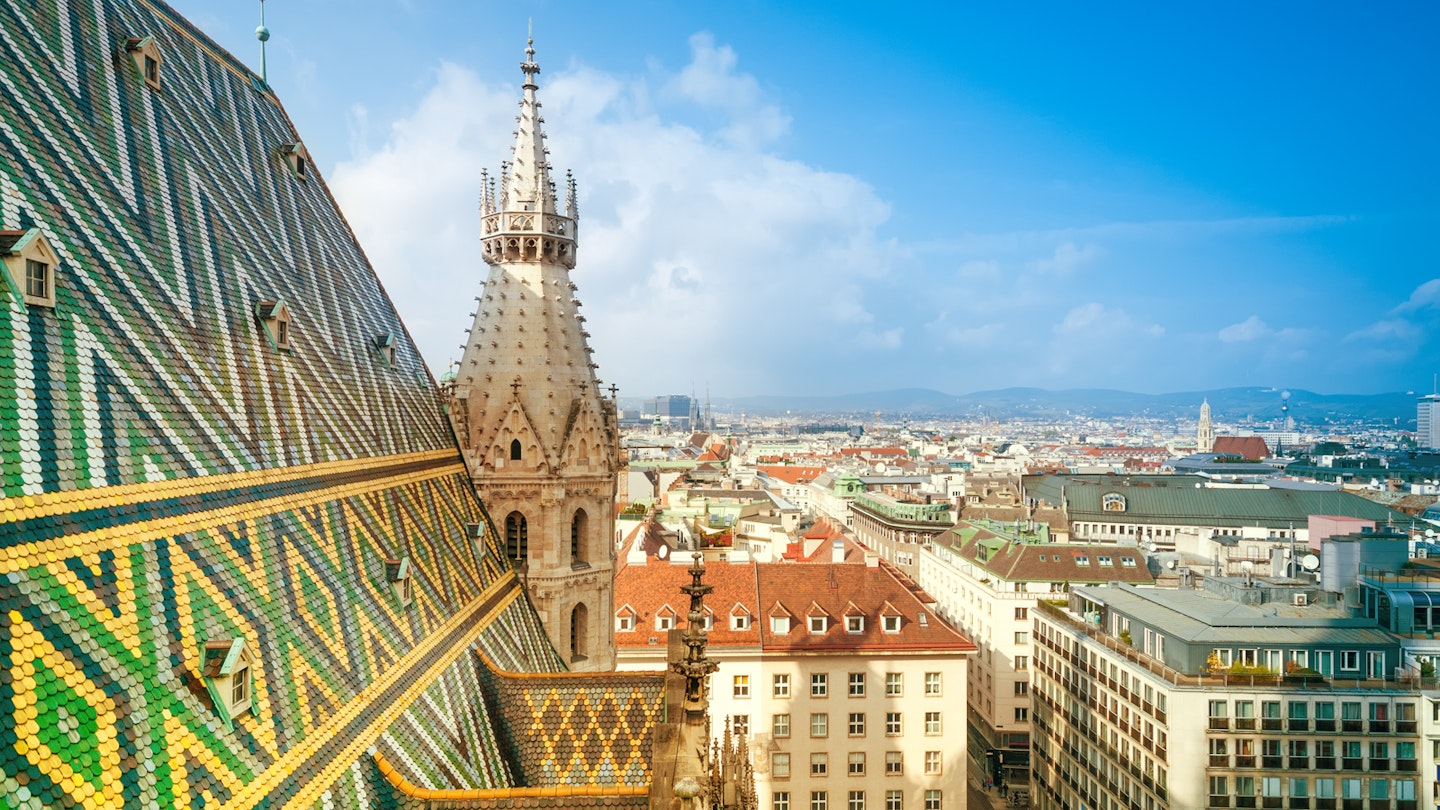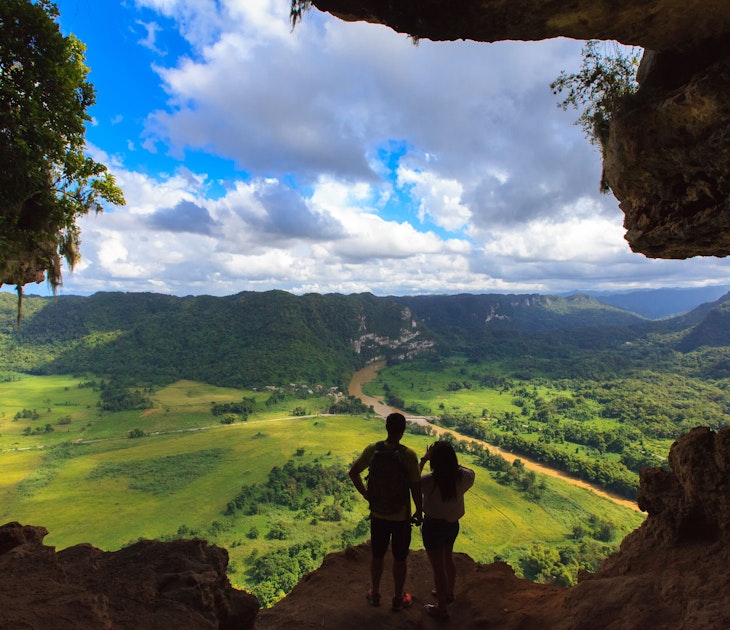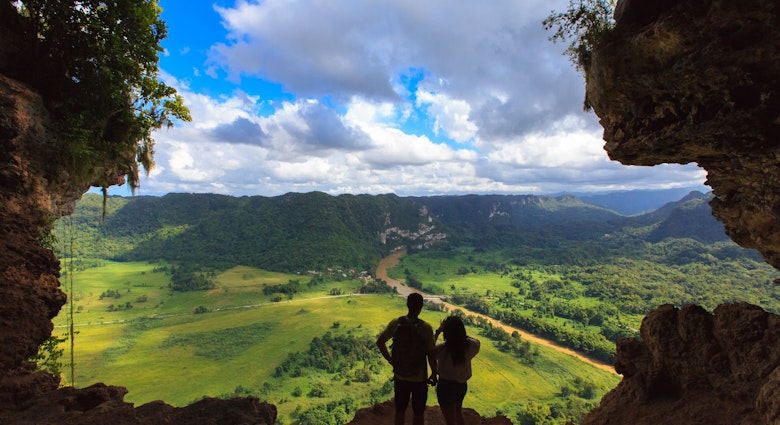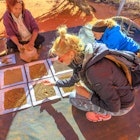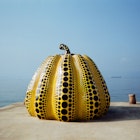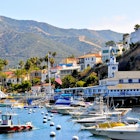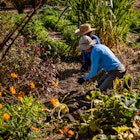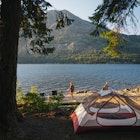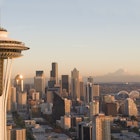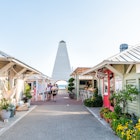There is no denying that Vienna is fit for a monarch. The Austrian capital brims with the earthly pleasures of humankind: heart-stopping cake-topping architecture, vast Baroque boulevards, rich full wines plucked and pressed from the surrounding hills, and enough museum masterpieces to gawp at until your crown falls off.
But with all those regal elegances designed to spoil visitors rotten, tourist crowds can mean it’s hard to see the city as if on a royal visit. This guide will show you how to visit the city responsibly: when to see the biggest sights with the smallest crowds; how to find the finest wines; the best local businesses to spend your buck in; and some low impact, high flavour meals to try.
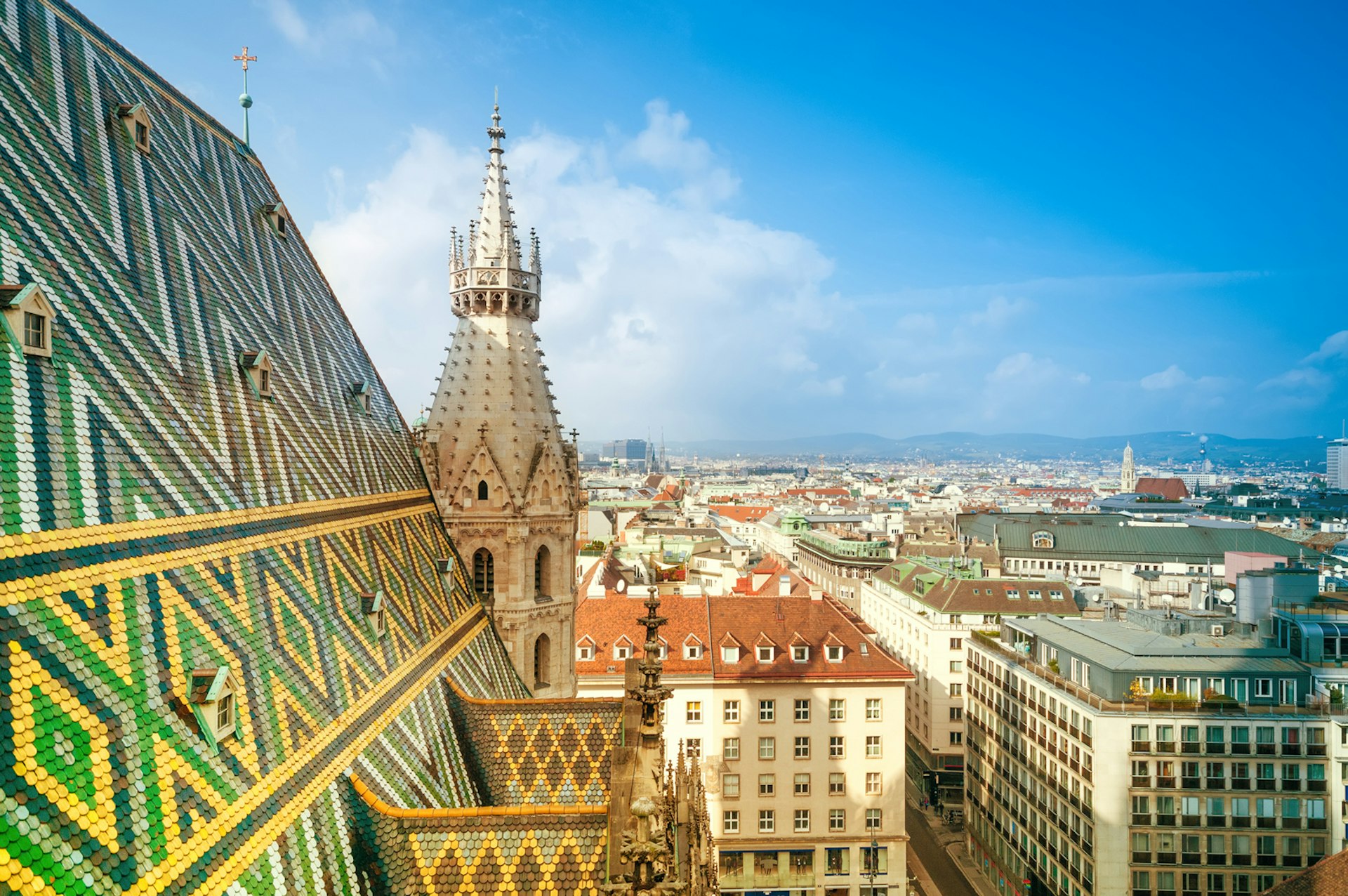
Where to eat and drink
Vienna has a growing number of organic, vegan and vegetarian restaurant options, alongside a swath of restaurants that are actively working to reinvest in their communities.
Markets and sustainably supplied food
Every Friday and Saturday the BioBauernmarkt at Freyung platz in the old town centre hosts an organic food market, where locals and travellers can enjoy over 600 different products, all certified as organic. From fresh vegetables and breads to perfect gift-size containers of pumpkin seed oil and honey, you can pick up a small, sustainable treat for yourself.

Landkind Bauernhof & Markt in the edgier 15th district offers handpicked supplies, locally sourced vegetables, wine, beers, oil, jams and the best breakfast you will find in Vienna. The market stand-cum-cafe is a local hub, hosting summer cinema nights and other events to encourage the cultural and social diversity of the district.
The ever-popular Naschmarkt in the 4th district hosts organic eatery Tewa within its bustling paths, offering healthy Mediterranean cuisine while maintaining a philosophy of supporting local organic farmers and fair trade, including Austria’s first organic beer and a wide selection of local lemonades.
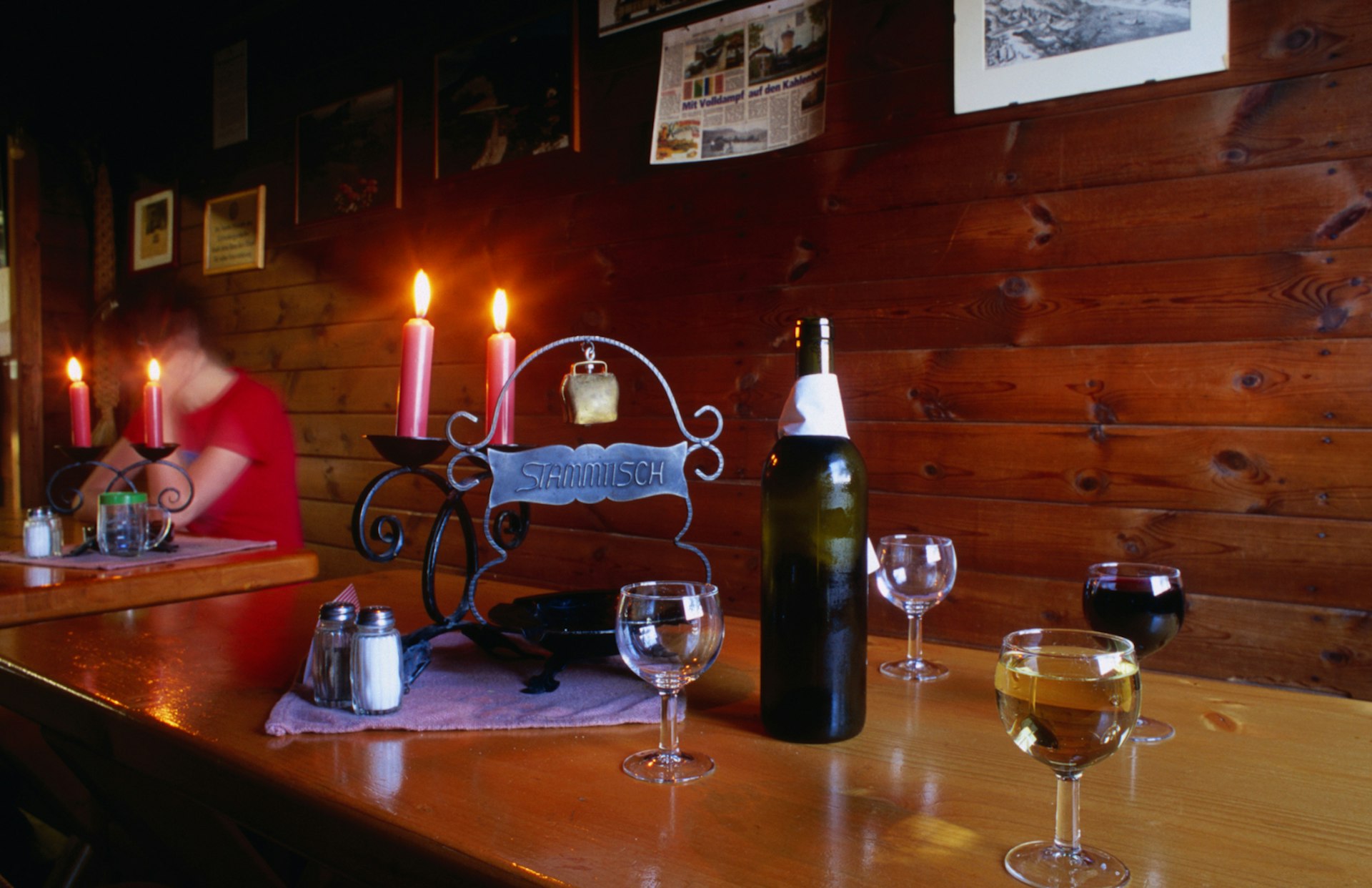
Restaurants & heurigen
If you are looking for a premium dining experience, but want to keep it vegetarian, Vienna is home to Austria’s only Michelin-starred vegetarian restaurant, Tian in the 1st district, and their more affordable bistro outlet in the 7th district, Tian am Spittelberg. Here all ingredients are regionally sourced, organic and prepared in creative, delicious combinations.
For vegan options, Harvest in the 2nd district is a cosy locals spot, with down-to-earth wooden furniture and kitschy decor. They offer their very own vegan Wiener schnitzel and an extensive brunch buffet on weekends, to be enjoyed from the terrace overlooking historic Karmeliterplatz.
To support local social enterprise businesses while enjoying your coffee and cake, Vollpension cafe is a must-visit. With its retro furniture, decor and crockery, the colourful cafe is staffed by retirees, who ensure the homemade cakes are of the highest quality. It’s perfect for a midday pick-me-up.
For wine fiends and aficionados, there are some excellent bio-organic heuriger taverns, or wine bars, to explore. The best city-based option is Zum Gschupften Ferdl, where the modern Pac Man–inspired twist on a traditional Austrian wine tavern includes sourcing meat and cheese from local suppliers and only using organic ingredients and wines.
For an outer-city traditional wine experience, Wieninger heuriger is a responsible option for their bio-organic wine-making practises and adorably rustic location in Stammersdorf, home to many heuriger taverns in the outer districts of Vienna.
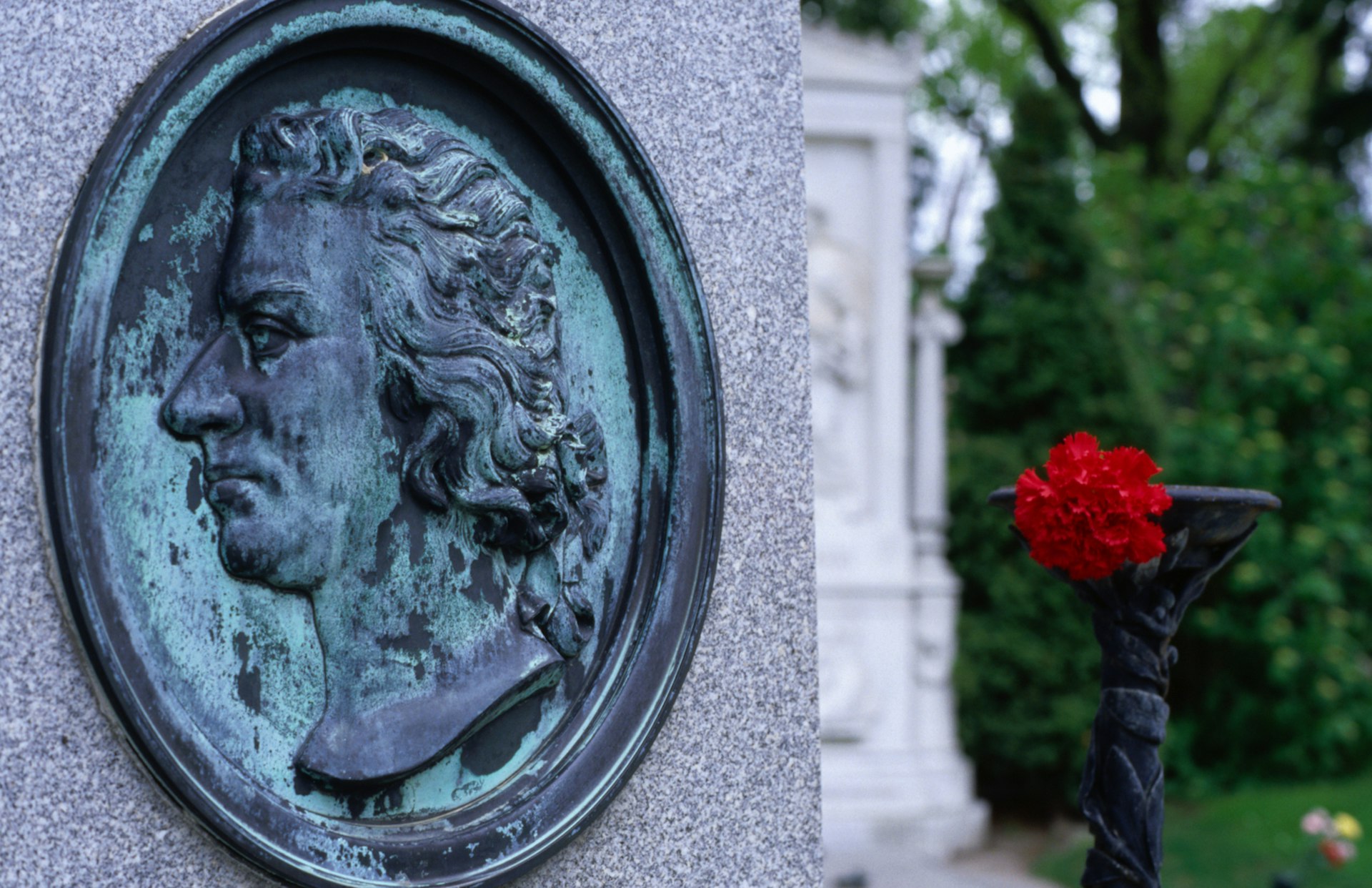
What to see and do
The shoulder seasons are ideal for exploring some outdoorsy local sights and lesser-known locations.
Hermesvilla, a former hunting ground with 6054 acres of protected woodland in the Lainzer Tiergarten, is a fantastic alternative to Schonbrunn Palace. Built in the late 1880s by Emperor Franz Josef to lure his empress, Sisi, to stay in Vienna more often, Hermesvilla is an architectural inspiration from Karl von Hasenauer, who also constructed Vienna’s famous Ringstrasse. Walking to Hermesvilla, will offer sights of local wildlife and Viennese residents enjoying the public parklands. Within the villa you will see how Sisi and her household lived in the final days of empire.
The expansive Zentralfriedhof, a cemetery for the rich and famous of Viennese society, sprawls across kilometers in the Simmering district. Zentralfriedhof is Vienna’s equivalent to the Père Lachaise cemetery in Paris, offering guests a chance to visit the burial plots of famous artists, writers and composers – Strauss and Schubert are among the composers interred here. Of particular interest, and a subject of some controversy at the time of its opening, are the allotted areas for multiple denominations, including Jewish and Protestant sections of the cemetery, plus memorials for soldiers of various countries. Within the cemetery grounds you will also find Vienna’s unique Funeral Museum, chronicling funeral and cemetery traditions over the centuries; it offers a fascinatingly morbid look at some of the tools buried with people and the most popular songs for funerals from days gone by.
An alternative small museum option, the Otto Wagner Pavilion by Hietzing station is an excellent quick-stop look into the exclusive art nouveau architectural style Wagner used to create a private U-Bahn station for the emperor. Though only used twice by Franz Joseph, the pavilion offers a glimpse of Wagner’s vision of modern architecture at the turn of the century. For just €5 entry you can get up close to the unique wood-panelled and lushly carpeted spaces designed for a dying empire.
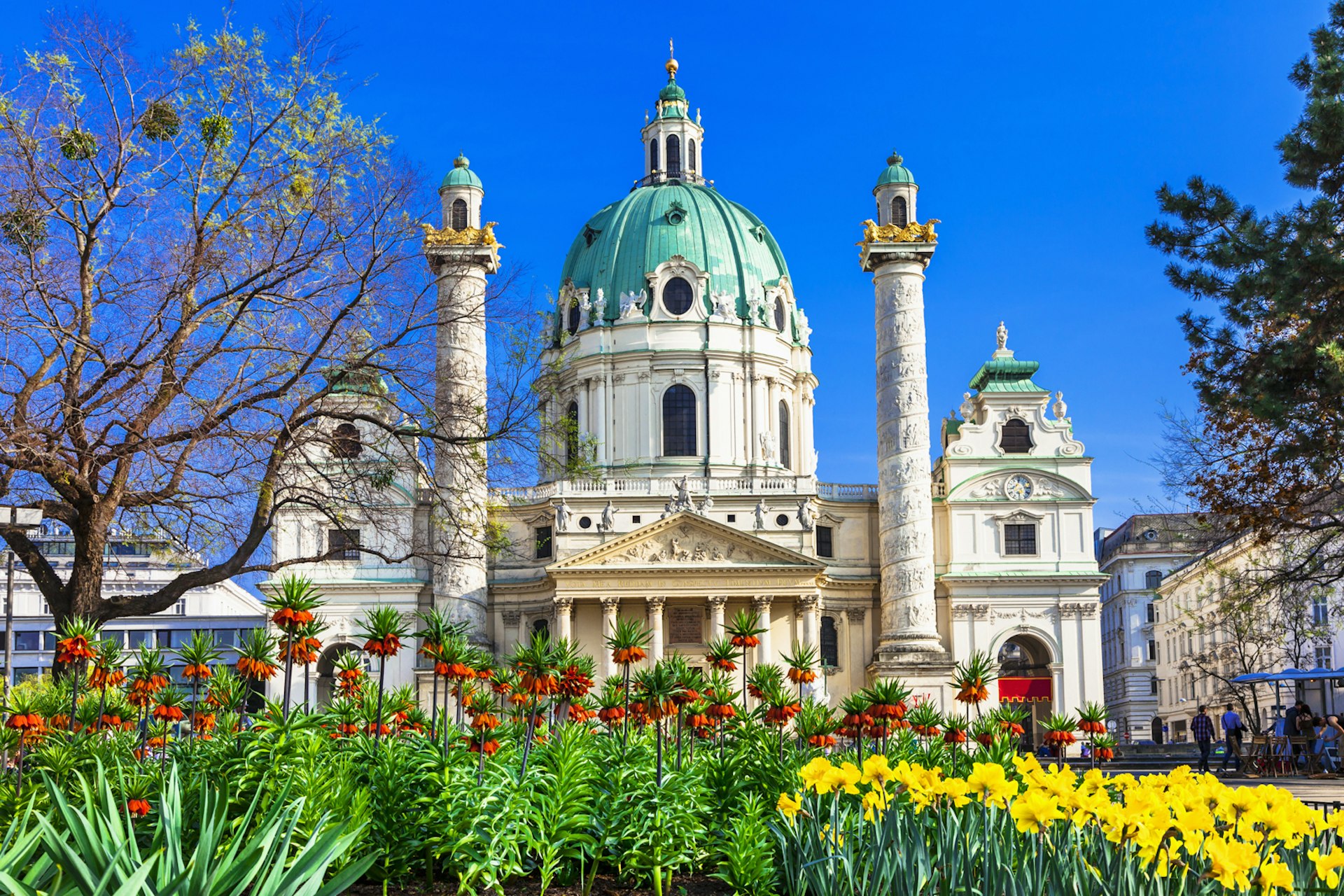
When to visit
Vienna is lovely to visit in the spring and autumn shoulder seasons. While peak season can put a strain on city services and the main sights get quite crowded, from mid-March through May and between October and mid-November you can soak up the highlights in peace and support local businesses in a sustainable way.
In the spring, the Austrian capital wakes from its winter slumber, with terraces and stores reopening and residents returning to city streets for a multitude of festivals and celebrations. From the foodie Genuss-Festival, Easter markets and the live Vienna Philharmonic concert in Schönbrunn to the famous Life Ball charity event and flowering of the rose gardens in Volksgarten, spring is an ideal time to shake off the winter blues.
It’s also a joy to experience the city in autumn. From September to November Vienna turns a lovely russet colour as the palace gardens and surrounding woodlands and vineyards prepare for winter cold snaps. It’s a perfect time for visiting heuriger taverns to taste local wine varieties and produce, or for dancing the day away at Wiener Wiesn, Vienna’s own Oktoberfest. As the weather changes, the coffeehouses become more inviting and a brisk walk through the Vienna Woods offers the chance to spot local wild boars.
Where to stay
Walking distance from Westbahnhof station, the Ruby Marie Hotel is a boutique modern hotel that has achieved LEED (Leadership in Energy and Environmental Design) certification for its 'green' building program. Comfortable rooms and a funky rooftop terrace with colourful seating mean you can relax in style. The hotel’s ‘lean luxury’ philosophy puts the focus on smaller service details throughout the property to make your stay pleasant.
A social initiative to employ former refugees and immigrants, the Magdas Hotel operates under the philosophy ‘stay open-minded’. Located in the lush green parklands of Prater Park, just a short stroll from the iconic Riesenrad Ferris wheel, this former retirement-home apartment block is now a unique accommodation option for travellers to experience local community initiatives. Even the artworks adorning the pristine guest rooms are from the local art school. Rooms also feature donated furniture and balconies overlooking the garden terrace. Families can enjoy a multi-room option on the top floor.
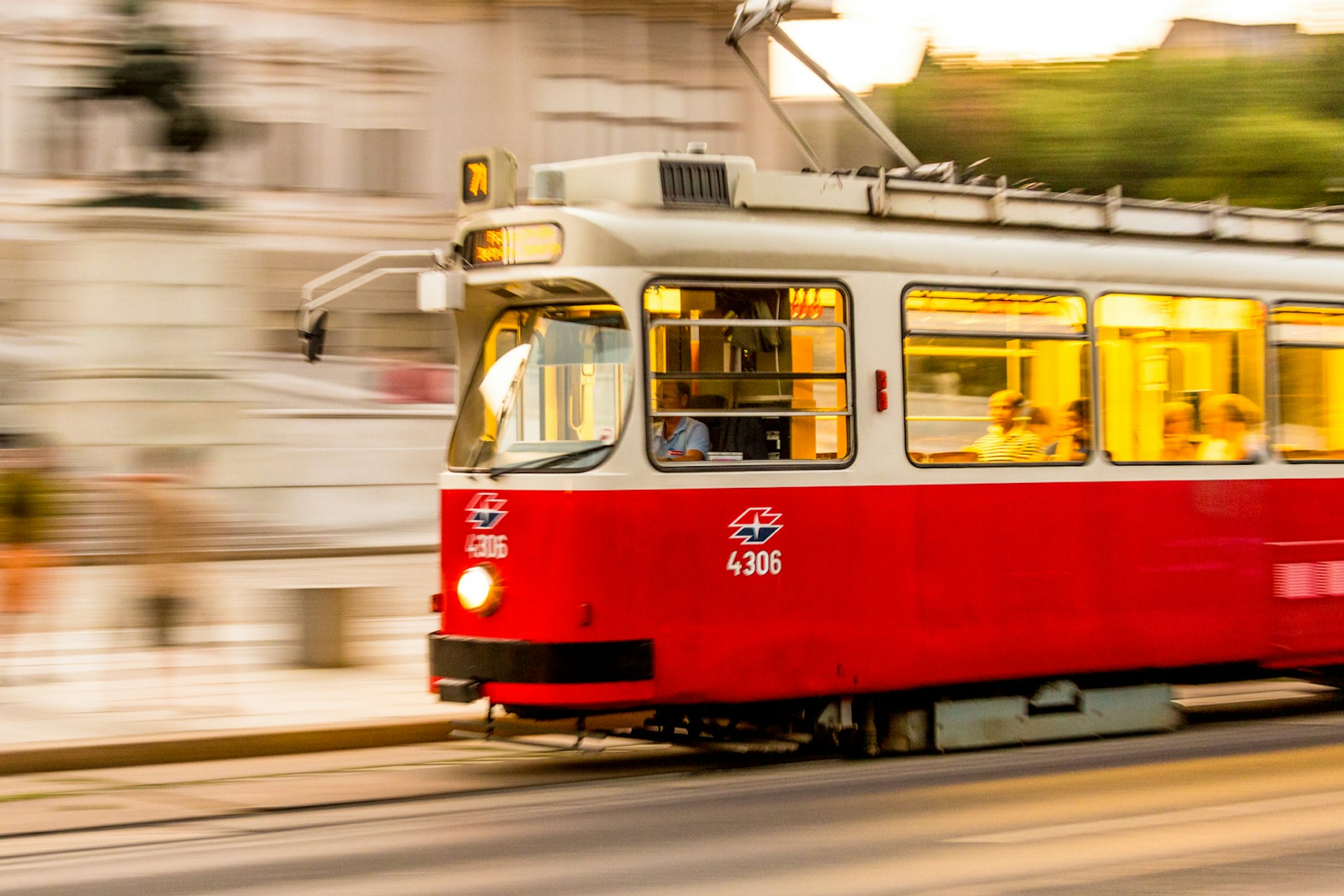
Getting around
Public transport
Vienna has one of the most efficient and well connected public transport systems in the world. With no more than seven-minute waits between most trains, trams and buses at any given stop and affordable weekly tickets giving you access to all lines, public transport is one of the best ways to experience life in Vienna.
The U-Bahn lines run 24 hours across weekends and there is a handy app from Wiener Linien services to help you navigate from point A to B. The historic red trams are particularly atmospheric for enjoying a lap of the Ringstrasse boulevard.
Vienna proudly supports cycling infrastructure throughout the city, making a bike the perfect way to explore town and the outer suburbs. The original and best bike sharing service is CityBike Vienna, which allows you to rent a CityBike by registering online or at one of the 120 docking stations throughout the city. The first hour is free and the rental fee then accrues at a rate of €1 per hour of uninterrupted use. CityBike has been in Vienna for 15 years, encouraging green travel for tourists and prompting continual maintenance of Vienna’s many safe bike paths.
If you get tired of pedalling yourself around, the bicycle taxi Faxis, or pedicabs, are a popular way to hop between the Rathaus, Stephansdom and Donaukanal while still enjoying the street-side views.
Green buses
Since 2013 Vienna has had 12 e-buses operating in the city centre, replacing the former diesel-run transport. These small buses service the city centre lines and allow travellers to navigate the tight old town corners with environmentally friendly aplomb.
Make sure you're ready for anything with travel insurance from our trusted partners.
